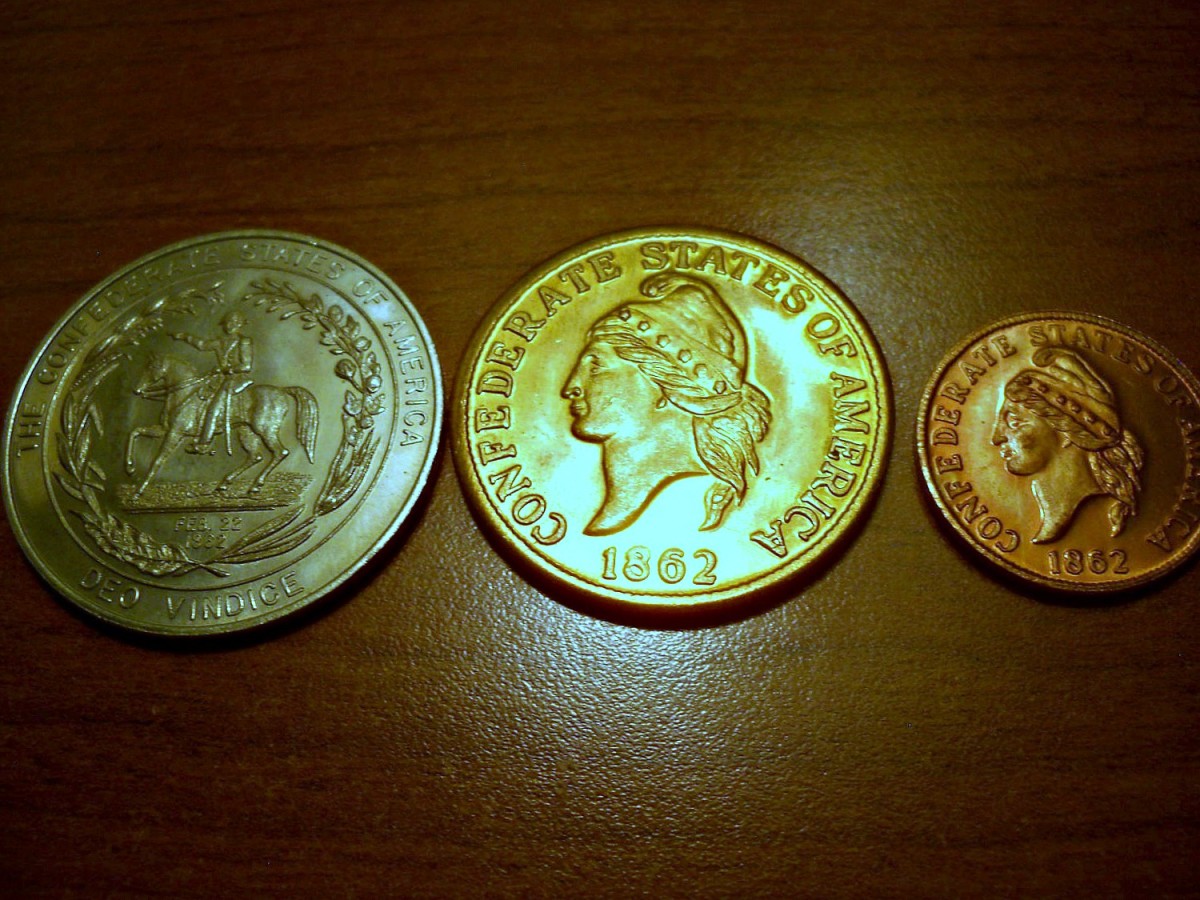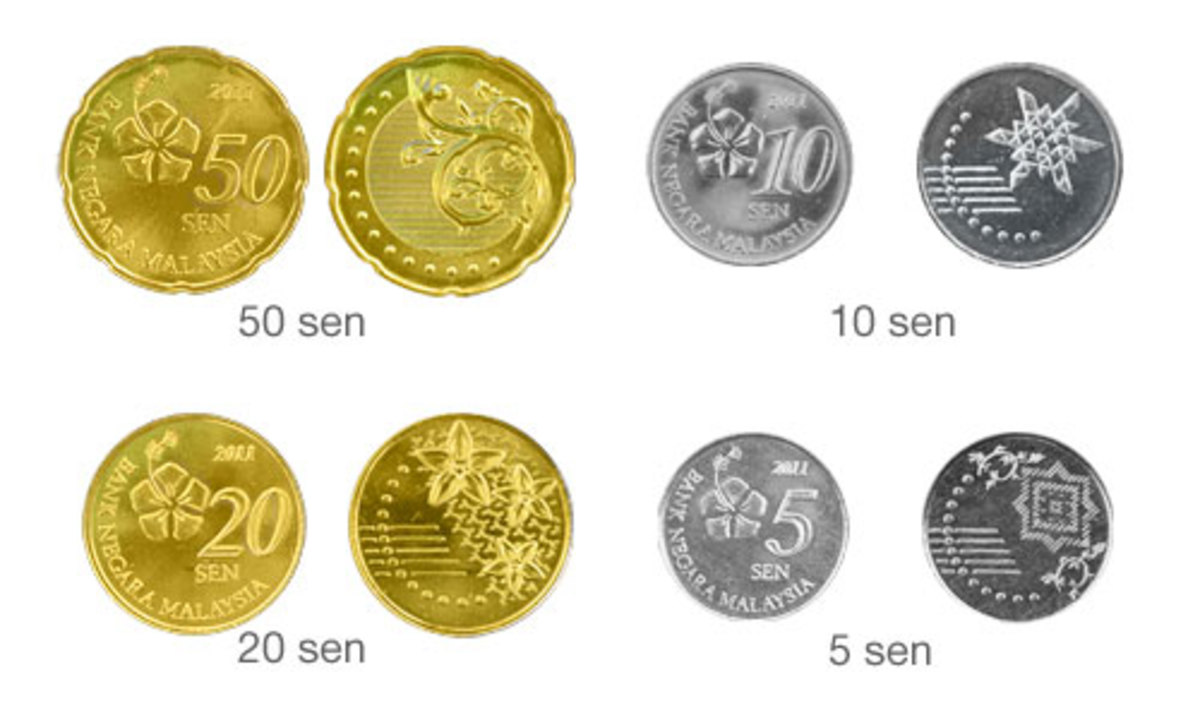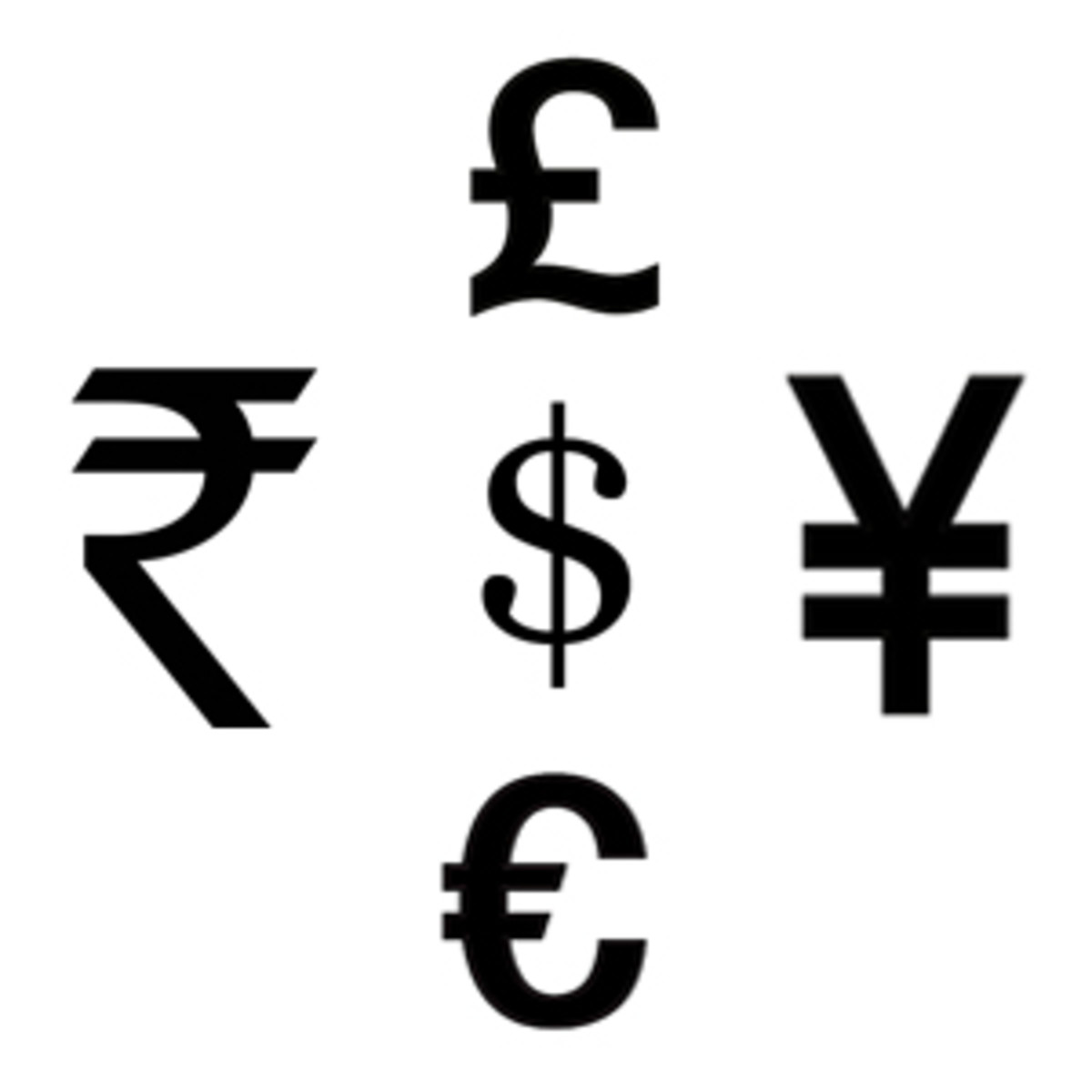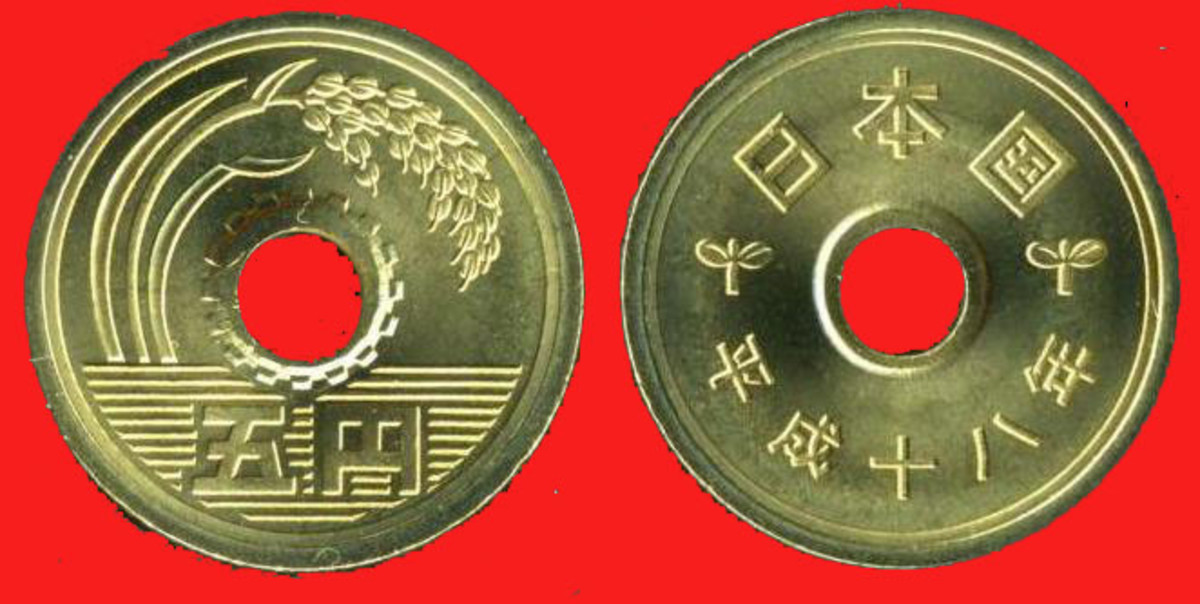Jiaozi (Currency) - The Earliest Paper Money
History of Money
In the beginning, when coins and paper money have not been created, people used barter to get things they wanted. Barter is the exchange of a good or sevice for another good or service. For example, a bag of beans for a bag of rice. However, how if people couldnt agree what something was worth in exchange or they didnt want what the other people had. To solve this problem, humans developed what is called commodity money.
In the past, tea, salt, cattle, seeds and tobacco were commodities and therefore were once used as money. A commodity is a basic item used by almost everyone. But carrying bags of salt and other commodities was not easy, commodities were also difficult to store or were perishable.
Around 5000 BC, metal objects were introduced as money. By 700 BC, the Lydians became the first to make coins in the Western world. Metal was used because it was easy to work with, readily available and could be recycled.
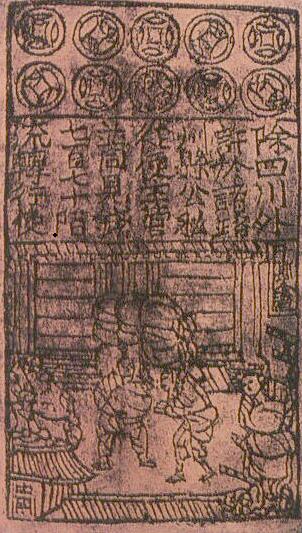
Related Links
- Chinese Gold Ingot
Where to place feng shui wealth pot and gold ingots to enhance your fortune luck - Coins in Feng Shui
Where to place feng shui coins and coin sword
First Paper Money in the World
Paper currency was first developed in China during the Tang dynasty in 7th century, and was later introduced in the Mongol Empire, America and Europe. Before the use of paper money, the Chinese used circular coins with a rectangular hole in the middle. Sometimes several coins were strung together on a rope. For those who were rich enough, their strings of coins would be very heavy to carry around and therefore the coins were often left with a trustworthy person. The merchant was given a slip recording the amount of money he had with that person and he could regain his money if he showed the paper to that person. Eventually, “jiaozi” or paper money originated from these promissory notes.
Jiaozi is a kind of printed-paper certificate and it was used to replace the iron money. Because of its high circulation of the currency, the Office of Jiaozi (the earliest administrative and savings bank) was established by the local government of Chengdu. From here, the word Jiaozi began to be used as a general term for money. The authority of Sung dynasty issued official Jiaozi in 1023 while banning private issuing.
Paper money proved popular in the later dynasties like the Yuan, Ming and Qing but it had never replaced the metal coins in circulation. These round coins with square holes in the middle continued to be used for more than 2,000 years, until the late Qing dynasty.




